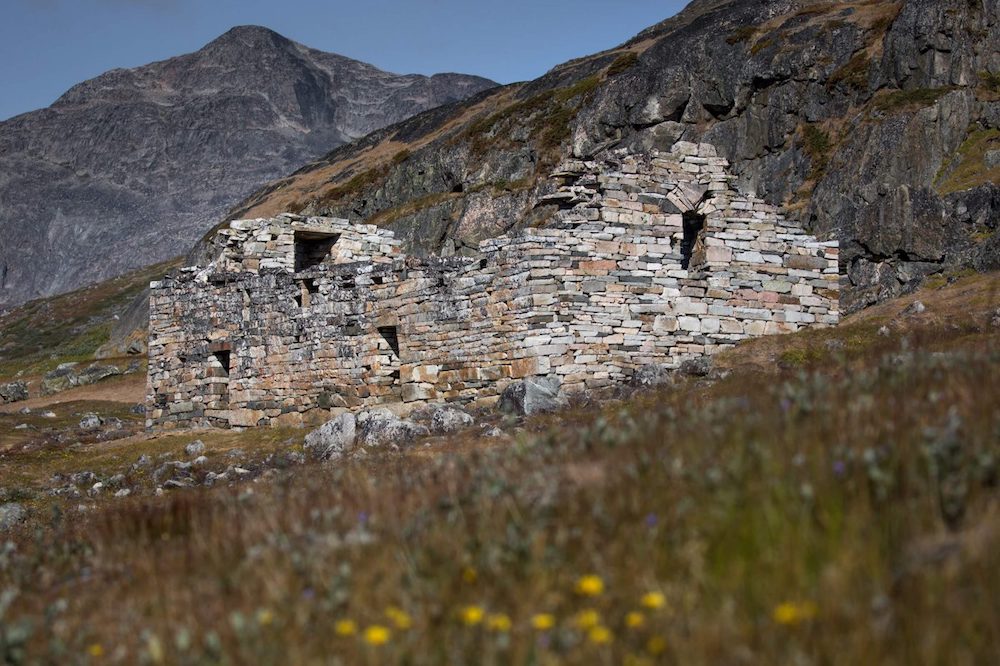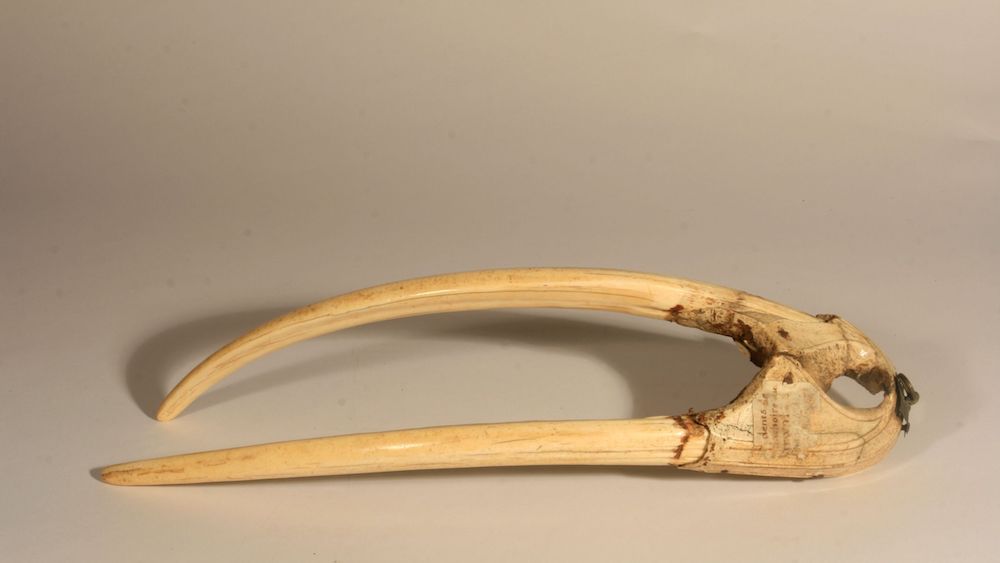How a walrus ‘resource curse’ might partly explain the Norse disappearance from Greenland
Norse hunters may have unsustainably hunted the marine mammals to compensate for the collapsing prices of ivory in Europe.

A historical mystery has been given a modern ring after new research has suggested that the sudden disappearance of the Norse from Greenland in the 15th century can partly be explained by their own unsustainable economic activity during a time of climatic change.
While some legend surrounds Erik the Red’s colonization of Greenland around 985 (including the reason why it was so named), the Norse presence there is well-documented in the historical and archaeological record. Experts, however, disagree on just why it is they disappeared, apparently without a trace, sometime after 1420.
A changing climate (in the Norse case, colder temperatures that made it increasingly difficult to maintain a Scandinavian-style agrarian economy) has long been identified as one of the possible culprits. Although this likely remains a key factor, a study of walrus tusks exported by the Norse to Europe suggests that economic factors may also have contributed to a “perfect storm” that eventually led to the Norse abandonment.
“Norse Greenlanders needed to trade with Europe for iron and timber, and had mainly walrus products to export in exchange,” said James Barrett, an archaeologist with the University of Cambridge and the lead author of a paper published in Quaternary Science Reviews, a journal, detailing the study. “We suspect that decreasing values of walrus ivory in Europe meant more and more tusks were harvested to keep the Greenland colonies economically viable.”

The reason for the fall in prices was the introduction of elephant ivory. With a competing product on the market, lower demand as tastes shifted and with no other economic resource they could shift to that could be exported to Europe in exchange for the items they needed, the Norse had little choice but to expand their hunt.
But chasing depleted walrus populations ever northwards for less and less return in trade was, to use a modern term, unsustainable, and likely led to the downfall of the Norse, Barrett reckons.
“We believe this ‘resource curse’ undermined the resilience of the Greenland colonies,” he said.
Eventually, according to the paper, hunting may have moved so far north that it would have been unlikely that the Norse could have hunted enough walrus to sustain their settlements.
An economic argument for the disappearance would complement the archaeological record, which shows evidence of a gradual, orderly departure that saw people leave in small groups as it became harder to eke out an existence, or the collapse of settlements due the sudden loss of male settlers in a storm at sea during hunting season.

The authors say that though the lesson of the Norse in Greenland is not a perfect fit for modern society, it does provide an example of how actions that ensure the survival of a society in the short-term can ultimately lead to their demise.
In the case of the Norse, it may also have led them to forget their past: even though the common explanation for the colonisation of Greenland is Erik the Red’s exile from Iceland, some historians believe the real reason may have been emigration by Icelandic Norse after the walrus population there was depleted.